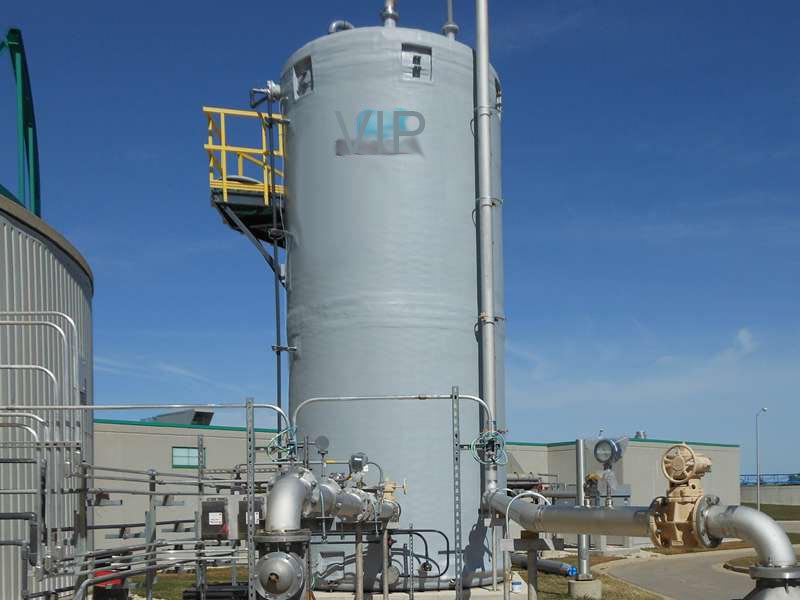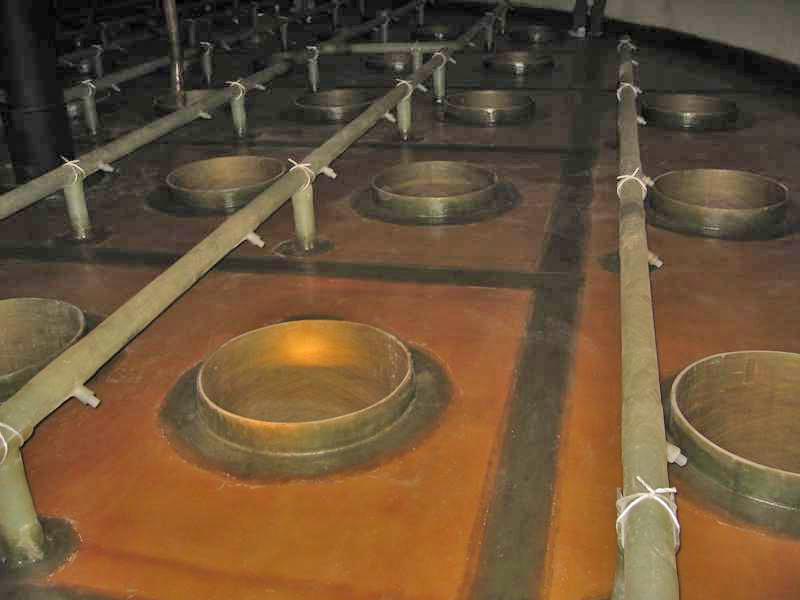Industrial Scrubbers | High-Efficiency Fume & Gas Control
What I’m Seeing in Industrial Gas Cleaning: a Practical Look at FRP Scrubbers
If you’re pricing Scrubbers this year, you’ve probably noticed two things: compliance targets are tightening, and uptime expectations are, too. From my factory visits in Hebei to battery plants in the Midwest, the pattern is consistent—operators want high removal efficiency without babysitting the system all day. Jrain FRP, out of No. 1289, Yingbin South Street, Jizhou District, Hengshui, Hebei, China, has leaned hard into fiberglass-reinforced plastic (FRP) towers—process vessels, packed towers, Venturi, dual-laminate options, tail-gas scrubbers—the whole lineup, sized to order.

Why FRP is having a moment
To be honest, the big driver is corrosion. Chlorides, SOx, HCl, HF—FRP liners handle them better than carbon steel and without the price tag of exotic alloys. Also, FRP keeps weight down, which simplifies installation on mezzanines or roofs. Many customers say maintenance is calmer: fewer surprises, predictable spares, and less rust drama.
Typical specs you’ll actually use
| Parameter | Typical Range/Option (≈) | Notes (real-world use may vary) |
|---|---|---|
| Diameter / Height | Ø 0.6–4.0 m / 3–20 m | Fully customized to airflow and site height limits |
| Gas Flow | 5,000–180,000 m³/h | Multi-cell trains for larger systems |
| Removal Efficiency | HCl/HF/SO₂: 95–99.5% | With proper packing, pH control, and L/G ratio |
| Materials | FRP (ISO/VE resin), dual-laminate (PVDF/FRP, PP/FRP) | Liners selected per media chemistry |
| Pressure Drop | 600–1,600 Pa | Design trade-off with removal efficiency |
| Service Life | 15–25 years | Assumes proper pH, CIP, and inspection |

Process flow and QA (how these towers actually get built)
- Materials: corrosion-grade resins (isophthalic or vinyl ester), veil liners; dual-laminate options (PVDF/FRP, PP/FRP) for aggressive media.
- Methods: contact molding for internals, filament winding for shells; CNC-cut nozzles; demister and high-surface-area packing.
- Testing: hydrostatic/fit-up checks; spark testing on thermoplastic liners; laminate QC to ASTM D3299/D4097; RTP-1 guidelines referenced for design.
- Service: CIP skids (alkali/acid flush), dosing control, drift eliminators, fan matching.
- Industries: metal pickling, fertilizer, battery recycling, pulp & paper, semiconductors, food acidulation, waste-to-energy.
Where Scrubbers shine (and where they don’t)
They’re fantastic for acid gases and soluble odors (think HCl, NH₃). For sticky PM or rapidly varying loads, a Venturi stage ahead of a packed bed helps. However, very high-temp streams may still nudge you toward alloys or require quench sections—worth flagging early.
Vendor snapshot (field-notes summary)
| Vendor/Material | Corrosion | Temp Range (≈) | Weight | CAPEX/OPEX | Notes |
|---|---|---|---|---|---|
| Jrain FRP / dual-laminate | Excellent acids/halides | -20 to 110°C | Light | Low/Low | Good for rooftops; custom geometries |
| Stainless (316L) | Good; chloride caution | -40 to 200°C | Heavy | High/Med | Robust but watch pitting |
| PP/PVC | Good, limited solvents | 0 to 70–80°C | Very light | Low/Low | Great budget option; temp-limited |
Customization checklist
Bespoke nozzle locations, demister grades, packing types (PP, PVDF, ceramic), dual pH zones, redundancy on recirc pumps, and PLC/SCADA tie-ins are normal. Actually, the best ROI I’ve seen lately comes from smarter pH control and a right-sized fan—less energy for the same capture.

Mini case notes (real projects, condensed)
- Battery recycling: dual-laminate Scrubbers cut HCl from 65–120 mg/Nm³ inlet to 2–5 mg/Nm³ outlet (EPA Method 26A test), pressure drop ≈ 1,050 Pa; operators liked the easy CIP.
- Pickling line retrofit: FRP packed bed + demister; SO₂ removal 97–99% with NaOH recirc; fan power reduced ≈12% after packing change-out.
- Pulp mill odor control: NH₃/H₂S mixed stream; two-stage approach; outlet stabilized below local odor threshold limits, with fewer alarms post-PLC tuning.
Standards, testing, and what auditors ask
Designs are typically aligned with ASME RTP‑1 practices for reinforced thermoset equipment, laminate QC to ASTM D3299/D4097, and performance checks using US EPA Methods (e.g., 26A for HCl/HF, 5 for PM). Plants often request ISO 9001 quality system evidence and material traceability. It seems dry—until a permit review lands on your desk.
Customer feedback in a sentence
“Fewer corrosion surprises, predictable pressure drop, and service that doesn’t hijack the weekend.” Not scientific, but it lines up with my site walks.
- ASME RTP‑1: Reinforced Thermoset Plastic Corrosion‑Resistant Equipment, ASME.
- ASTM D3299 / D4097: Standard Specifications for FRP Tanks, ASTM International.
- US EPA Air Pollution Control Technology Fact Sheet: Packed-Bed/PBF Scrubber.
- US EPA Test Methods 5 and 26A: Particulate and Hydrogen Halides/Halogen Gases.
- ISO 9001:2015 Quality Management Systems, ISO.
Latest news
-
Rectangular Tank Made of Fiberglass Material – Durable, Cost-Effective Liquid Storage SolutionsNewsNov.24,2025
-
Hollow Drill Rods for Efficient Drilling Operations in the Field | Durable, Lightweight & CustomNewsNov.23,2025
-
Powerful yt27 Rock Drill for Tough Mining Surfaces | Durable & PortableNewsNov.23,2025
-
Why the Reversible Drill Bit Is a Versatile Tool for All Your Drilling NeedsNewsNov.22,2025
-
Fiberglass Food Grade Equipment: Key Features, Benefits & Global ImpactNewsNov.22,2025
-
How a Drilling Rod Spirals Down Into the Earth: Tech, Trends & Global ImpactNewsNov.21,2025










